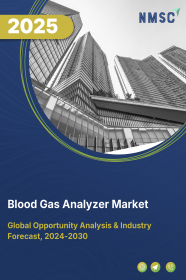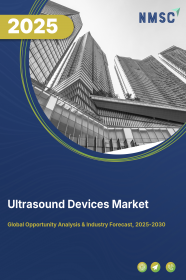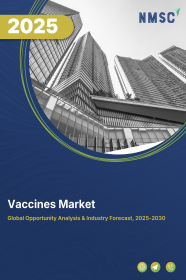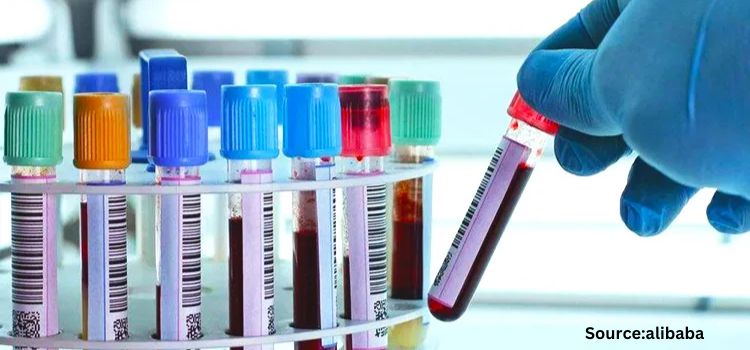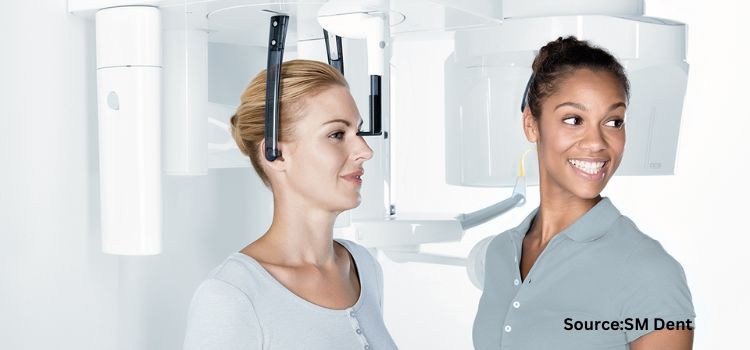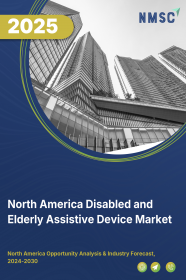
North America Disabled and Elderly Assistive Device Market by Type (Mobility Impairments, Hearing Impairments, Visual Impairments, Cognitive Impairments, and Self-Care), and by End User (Hospitals, Elderly Nursing Homes, Home Care, and Other End Users) – Opportunity Analysis and Industry Forecast, 2024 – 2030
Industry: Healthcare | Publish Date: 17-Feb-2025 | No of Pages: 136 | No. of Tables: 94 | No. of Figures: 59 | Format: PDF | Report Code : HC1067
North America Disabled & Elderly Assistive Device Market Overview
The North America Disabled & Elderly Assistive Device Market size was valued at USD 7.37 billion in 2023, and is predicted to reach USD 19.76 billion by 2030, at a CAGR of 14.1% from 2024 to 2030.
The disabled & elderly assistive device market refers to a wide range of products and services designed to support the aging population and individuals with disabilities in maintaining their autonomy and improving their quality of life. This market covers medical furniture, hearing aids, mobility aids and living aids, that are crucial for managing chronic conditions and ensuring safety.
Innovations in these areas are driven by the need to address the growing challenges of an aging population and the diverse requirements of individuals with disabilities, making this sector integral to enhancing accessibility and wellbeing.
This market for assistive products is fueled by growing rate of disabled individuals, rapid technological advancements, and evolving regulatory landscapes. The industry prioritizes inclusivity and continuously adapts to meet the ever-changing needs of its diverse user base.
The Rising Prevalence of Disabilities Propels the Growth of Assistive Device Market
The increasing disability rate in North America is driving the heightened demand for disabled & elderly assistive device market. As individuals are experiencing disabilities due to various factors such as aging, chronic illnesses, and accidents, there is a growing need for innovative solutions.
These devices aim to enhance mobility, sensory capabilities, and overall quality of life for individuals with disabilities in North America. This trend underscores the importance of advancing devices such as hearing aids, home care devices, and personalized medical devices to cater to diverse needs.
The Robust Healthcare Expenditure Fuels the Demand for Assistive Devices
The robust healthcare infrastructure is a key driver for the expanding North America disabled and elderly assistive device market demand. With well-established healthcare systems and facilities, there is substantial support for the development, adoption, and integration of advanced assistive devices.
This infrastructure facilitates research and development, clinical trials, and regulatory approvals, ensuring that innovative devices such as mobility aids, home care devices, and medical devices are readily available to meet the needs of aging populations and individuals with disabilities.
The comprehensive healthcare network in North America also promotes accessibility and affordability of these devices, enhancing their widespread adoption and improving overall healthcare outcomes.
The Regulatory Challenges Hinders the Growth of the Market
The North America disabled and elderly assistive device market faces significant regulatory challenges that restrain growth and innovation. Regulatory bodies such as the Federal Committee for Protection from Sanitary Risks (COFEPRIS) in Mexico, Health Canada, Food and Drug Administration (USFDA) in the U.S., and other national agencies impose stringent approval processes, requiring assistive products, especially medical devices, to undergo extensive testing and certification before entering the industry. This ensures safety and efficacy but delays product launches and elevate costs significantly.
The Integration of AI into Assistive Devices is Expected to Create Ample Growth Opportunities for the Market
The integration of artificial intelligence (AI) into assistive devices in North America represents a transformative leap towards a future where these devices are not only more advanced but also more personalized and accessible than ever before.
AI enables assistive devices to evolve beyond static solutions, becoming dynamic and adaptable to the specific needs of each user. Through machine learning algorithms, these devices learn from user interactions, continuously improving their functionality and responsiveness.
Moreover, AI enables assistive devices to integrate seamlessly into daily life, offering real-time support that is finely tuned to users' unique circumstances, thereby significantly enhancing their independence, productivity, and overall quality of life.
The U.S. Dominates the North America Disabled & Elderly Assistive Device Market Share
The increasing prevalence of disabilities in the U.S. is driving the demand for advanced assistive devices. With a rising number of individuals affected by aging, chronic conditions, and accidents, there is growing interest in innovations that improve mobility, sensory functions, and overall quality of life.
As per United States Department of Labor report 2024, in U.S. people with a disability accounted for about 13% of the overall population in 2023. This emphasizes the need for enhanced devices such as mobility aids, home care devices, and personalized medical devices to meet diverse needs. Government and private sector efforts are pivotal in making these devices more accessible and affordable, promoting widespread adoption nationwide.
Moreover, the U.S. government initiatives and policies are key drivers of the North America disabled & elderly assistive device market trends. Programs such as Medicare and Medicaid offer funding and reimbursement for various assistive devices, enhancing their accessibility for the elderly and disabled. The Americans with Disabilities Act (ADA) mandates the provision of assistive devices in public spaces and workplaces, promoting independence and inclusion.
According to the Portulans Institute report 2023, the U.S. ranks 1st globally in the Governance pillar that includes regulatory quality, ICT regulatory environment, regulation of emerging devices, and others scoring 87.02 out of 100.
Additionally, the U.S. Food and Drug Administration (FDA) ensures that assistive devices meet stringent safety and quality standards. These measures collectively support the North America disabled & elderly assistive device market growth by fostering innovation and improving the availability of assistive devices in the region.
Mexico to Witness Substantial Growth in the North America Region
Mexico's decent healthcare expenditure is one of the crucial drivers for the increasing demand for assistive devices. By allocating considerable funds to bolster healthcare infrastructure and services, the government enhances the availability and accessibility of advanced medical devices.
According to the Organization for Economic Cooperation and Development (OECD) report 2023, Mexico spends USD 1181 per capita on health that equals to equal to 5.5% of GDP. There are 2.5 practising doctors per 1,000 population and 1.0 hospital beds per 1,000 population.
This financial investment supports the development and dissemination of a diverse range of assistive technologies for seniors, from basic mobility aids to sophisticated medical equipment, catering to the needs of the elderly and disabled population. This focus on improving healthcare quality and accessibility propels the growth of the assistive device sector in Mexico.
Furthermore, Mexico's demographic shift towards an aging population is significantly boosting the demand for assistive devices. As the proportion of elderly individuals in the country continues to rise, there is an increasing need for devices and devices that address age-related health conditions and support independent living.
As per the World Bank Group report 2022, the average share of population aged 65 years and over in Mexico stood at 8.3%. This trend highlights the growing market for mobility aids, hearing impairments, and other assistive devices designed to enhance the quality of life for older adults. The expanding elderly population in Mexico underscores the importance of innovative products and services tailored to meet their evolving needs.
Competitive Landscape
The promising players operating in the North America disabled & elderly assistive device industry includes Demant A/S, Ottobock SE & Co. KGaA, WS Audiology A/S, Sonova Holding AG, GN Store Nord A/S, Cochlear Ltd., Starkey Hearing Technologies, Invacare Corporation, MED-EL Medical Electronics, Permobil AB, and others.
North America Disabled & Elderly Assistive Device Market Key Segments
By Type
-
Mobility Impairments
-
Wheelchairs
-
Walkers and Rollators
-
Canes and Walking Sticks
-
Crutches
-
Portable Ramps
-
Others
-
-
Hearing Impairments
-
Hearing aids
-
FM System
-
Deafblind communicators for hearing
-
-
Visual Impairments
-
Screen readers
-
Optical magnifiers
-
Smart phones for vision
-
Braille writing equipment
-
Talking Devices
-
-
Cognitive Impairments
-
Self-Care
-
Shower Chairs
-
Grab-bars/handrails
-
By End User
-
Hospitals
-
Elderly Nursing Homes
-
Home Care
-
Other End Users
By Country
-
The U.S.
-
Canada
-
Mexico
Key Players
-
Demant A/S
-
Ottobock SE & Co. KGaA
-
WS Audiology A/S
-
Sonova Holding AG
-
GN Store Nord A/S
-
Cochlear Ltd.
-
Starkey Hearing Technologies
-
Invacare Corporation
-
MED-EL Medical Electronics
-
Permobil AB
REPORT SCOPE AND SEGMENTATION:
|
Parameters |
Details |
|
Market Size Value in 2023 |
USD 7.37 billion |
|
Revenue Forecast in 2030 |
USD 19.76 billion |
|
Value Growth Rate |
CAGR of 14.1% from 2024 to 2030 |
|
Analysis Period |
2023–2030 |
|
Base Year Considered |
2023 |
|
Forecast Period |
2024–2030 |
|
Market Size Estimation |
Billion (USD) |
|
Growth Factors |
|
|
Companies Profiled |
10 |
|
Countries Covered |
3 |
|
Customization Scope |
Free customization (equivalent up to 80 working hours of analysts) after purchase. Addition or alteration to country, regional, and segment scope. |
|
Pricing and Purchase Options |
Avail customized purchase options to meet your exact research needs. |

















 Speak to Our Analyst
Speak to Our Analyst



